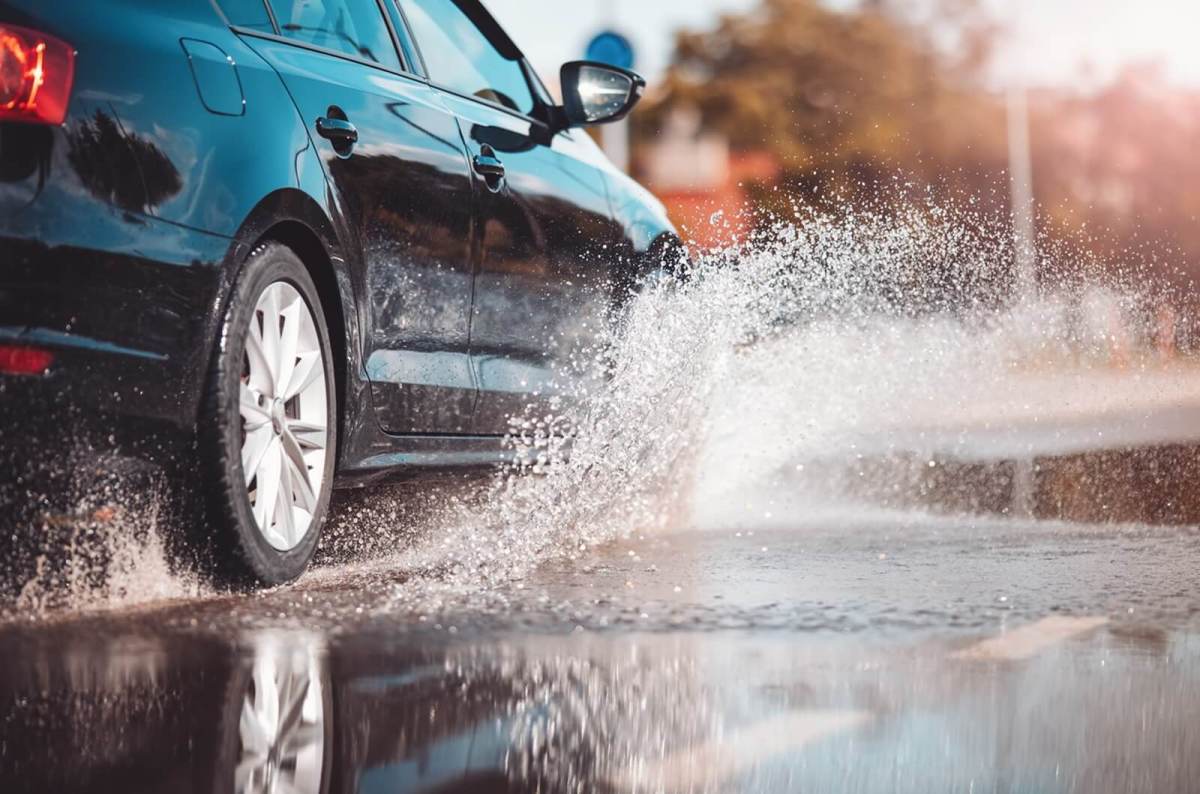Hydroplaning is a dangerous situation that can occur when a vehicle’s tires lose contact with the road surface due to a build-up of water. This can happen when there is a significant amount of water on the road, causing the tires to skim across the water rather than gripping the road. When this occurs, drivers may feel like they have lost control of their vehicle and may struggle to steer or stop effectively.
To handle hydroplaning, it is important to understand why it happens and what steps can be taken to minimize the risk. One of the main causes of hydroplaning is driving too fast in wet conditions. When driving at high speeds, water can quickly accumulate between the tires and the road surface, making it more likely for the tires to lose traction. To avoid hydroplaning, it is important to slow down and drive at a safe speed when roads are wet or when there is standing water.
In addition to speed, the condition of your tires can also play a significant role in hydroplaning. Worn or improperly inflated tires are more likely to hydroplane, as they may not be able to effectively channel water away from the road surface. To reduce the risk of hydroplaning, make sure your tires are properly inflated and have a good amount of tread left. Regularly checking your tires for wear and tear can help prevent hydroplaning and improve your overall safety on the road.
If you do find yourself hydroplaning, there are several steps you can take to regain control of your vehicle. First, it is important to stay calm and avoid overreacting. Panicking or making sudden movements with the steering wheel can make the situation worse and increase the risk of losing control. Instead, gently ease off the accelerator and steer in the direction you want to go. Avoid slamming on the brakes, as this can cause the tires to lock up and make it even harder to regain control.
As your tires regain traction, you may feel a slight jolt or jerk as the vehicle straightens out. Once you have control of your vehicle again, you can gradually accelerate back to a safe speed. Remember to keep a safe following distance from the vehicle in front of you, as wet conditions can increase stopping distances and make it harder to avoid collisions.
In conclusion, hydroplaning is a serious safety hazard that can occur in wet conditions. By understanding why hydroplaning happens and taking proactive steps to prevent it, drivers can minimize the risk of losing control of their vehicles. If you do find yourself hydroplaning, remember to stay calm, ease off the accelerator, and gently steer in the direction you want to go. By following these tips, you can stay safe and maintain control on wet roads.
